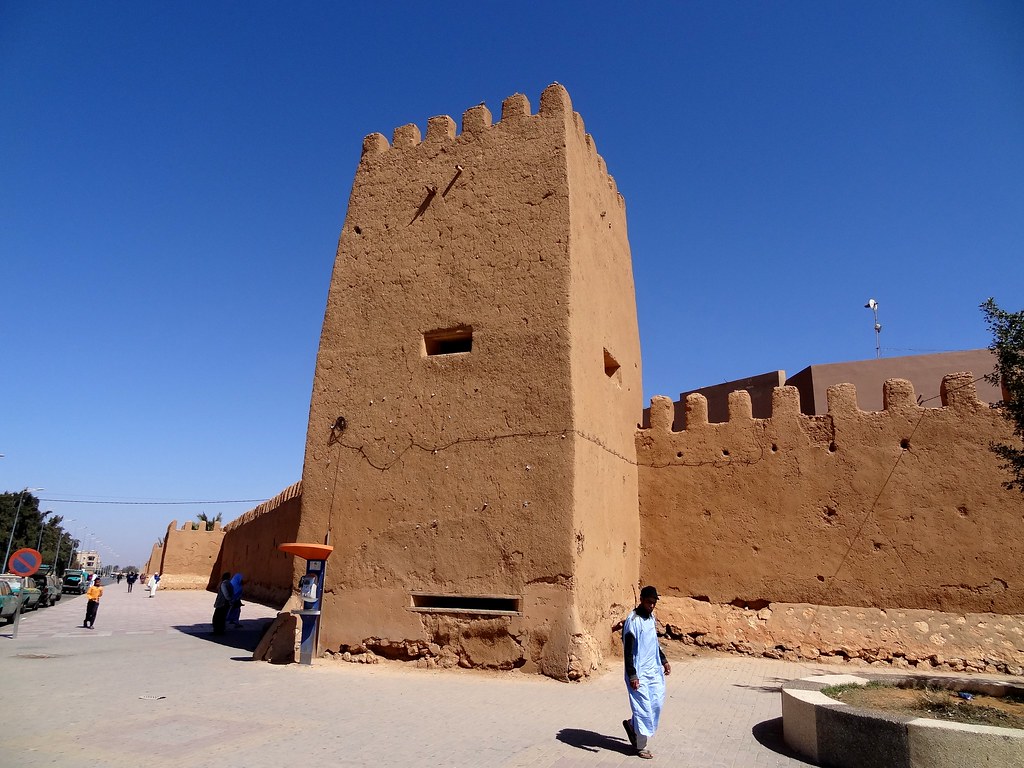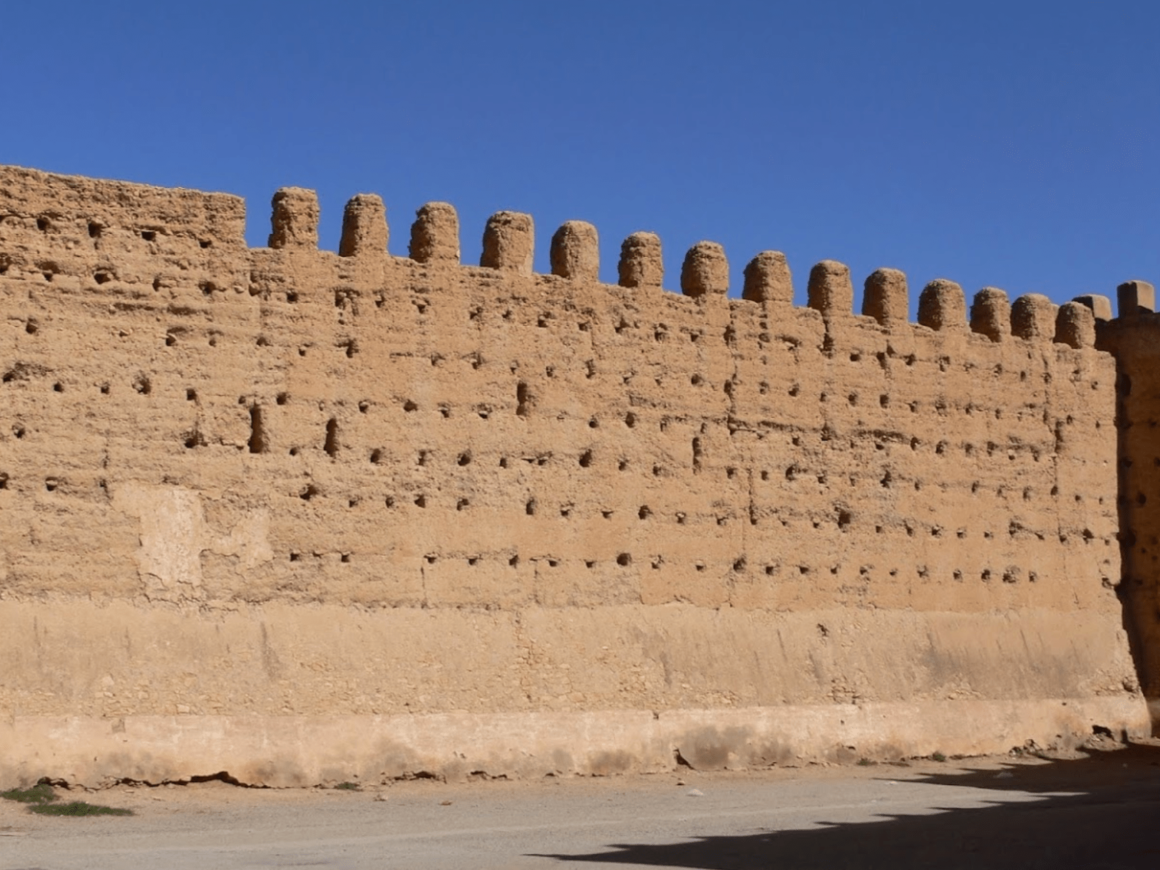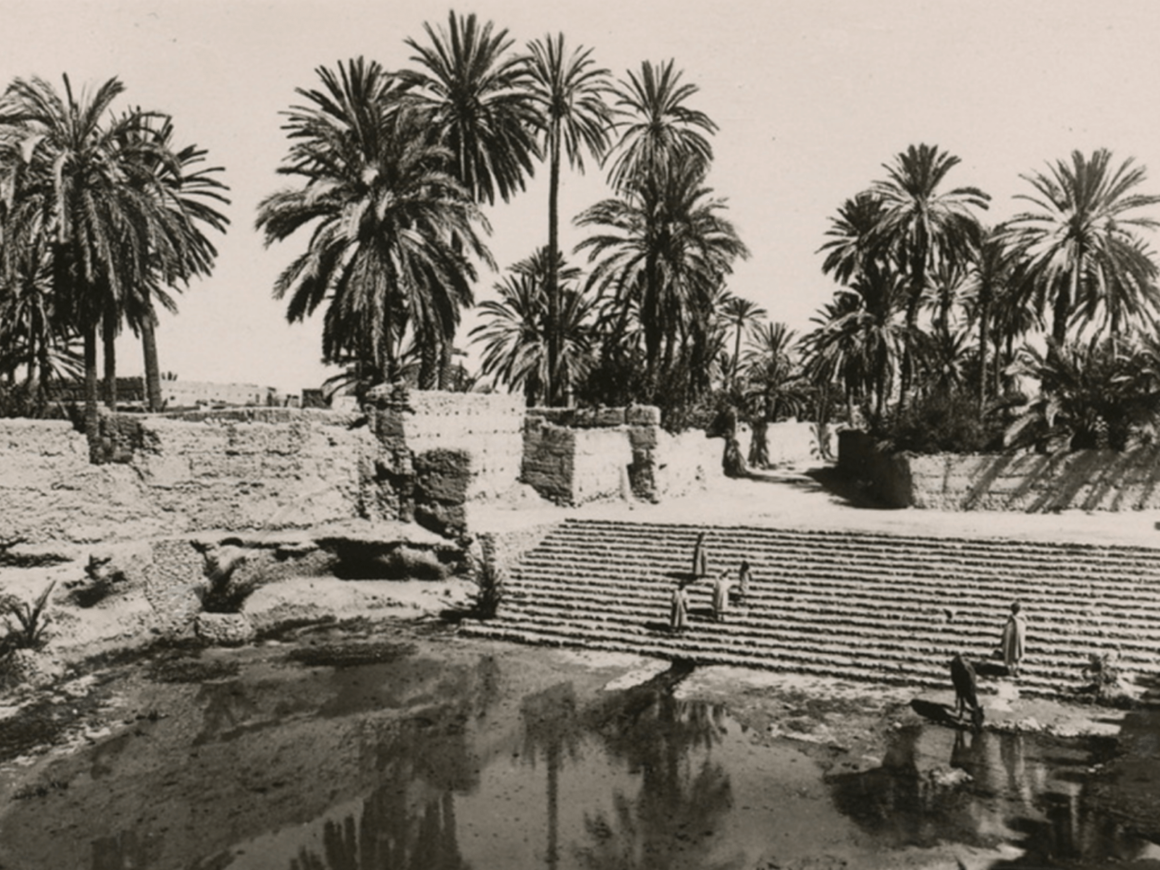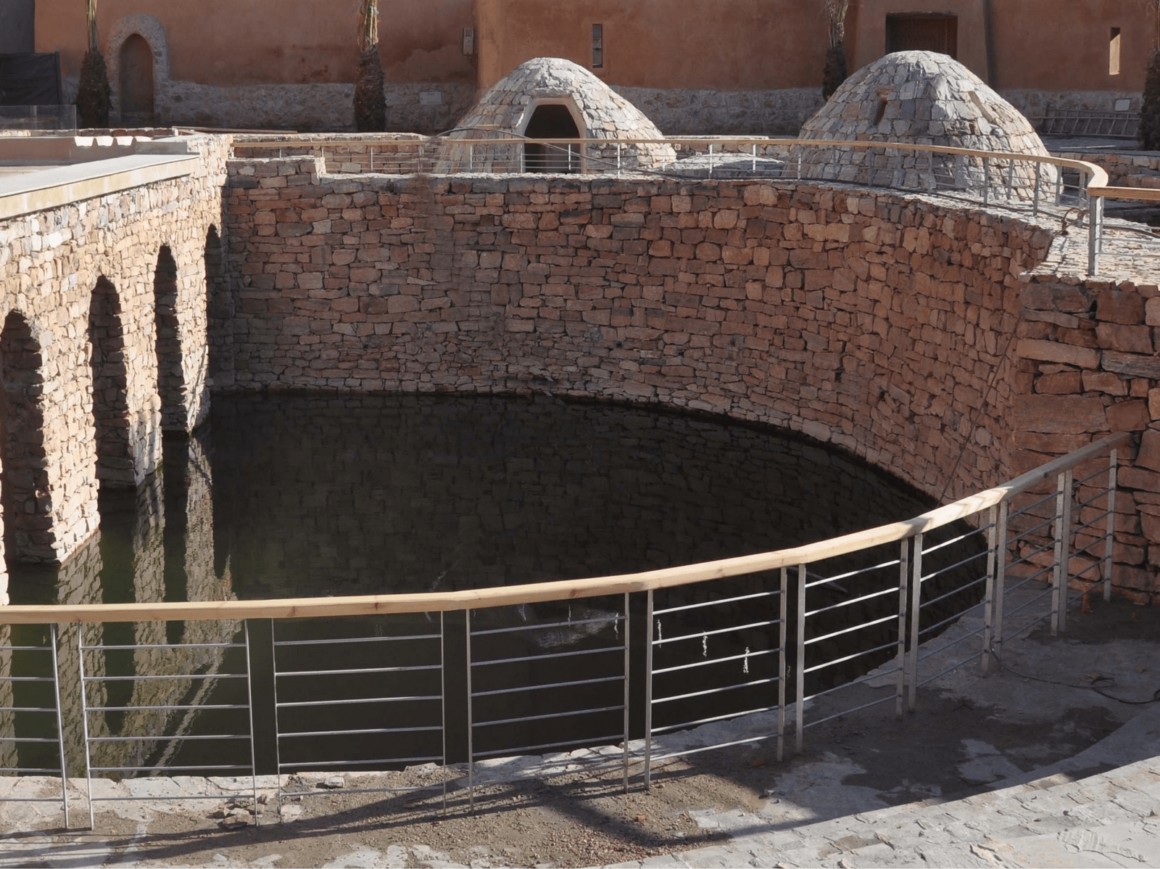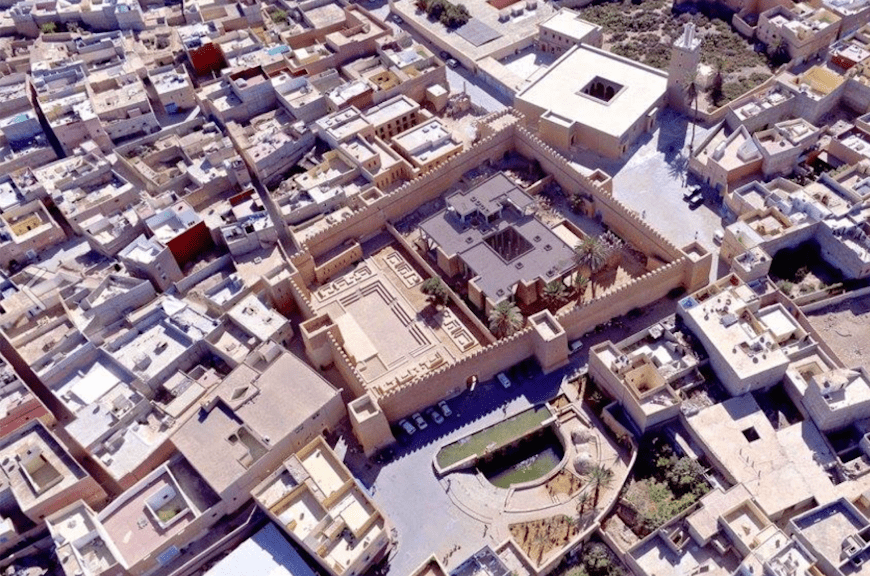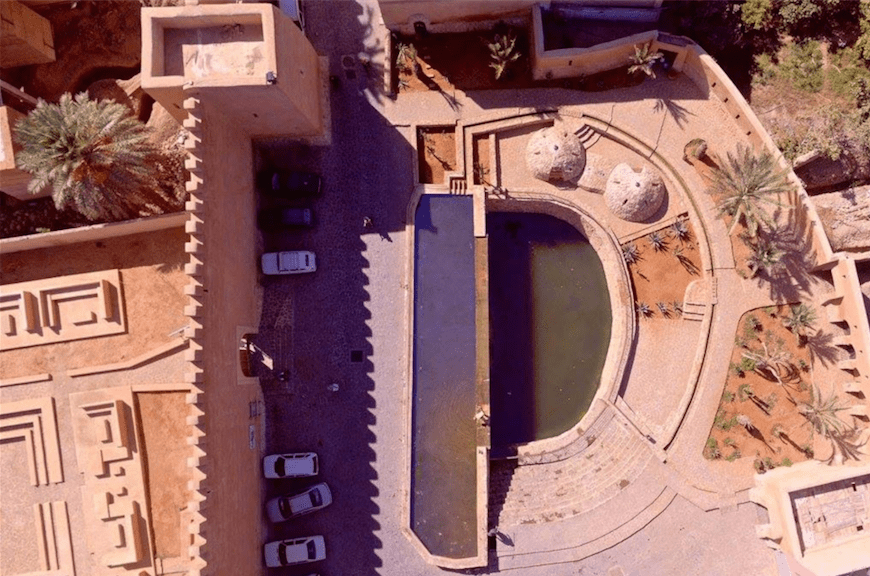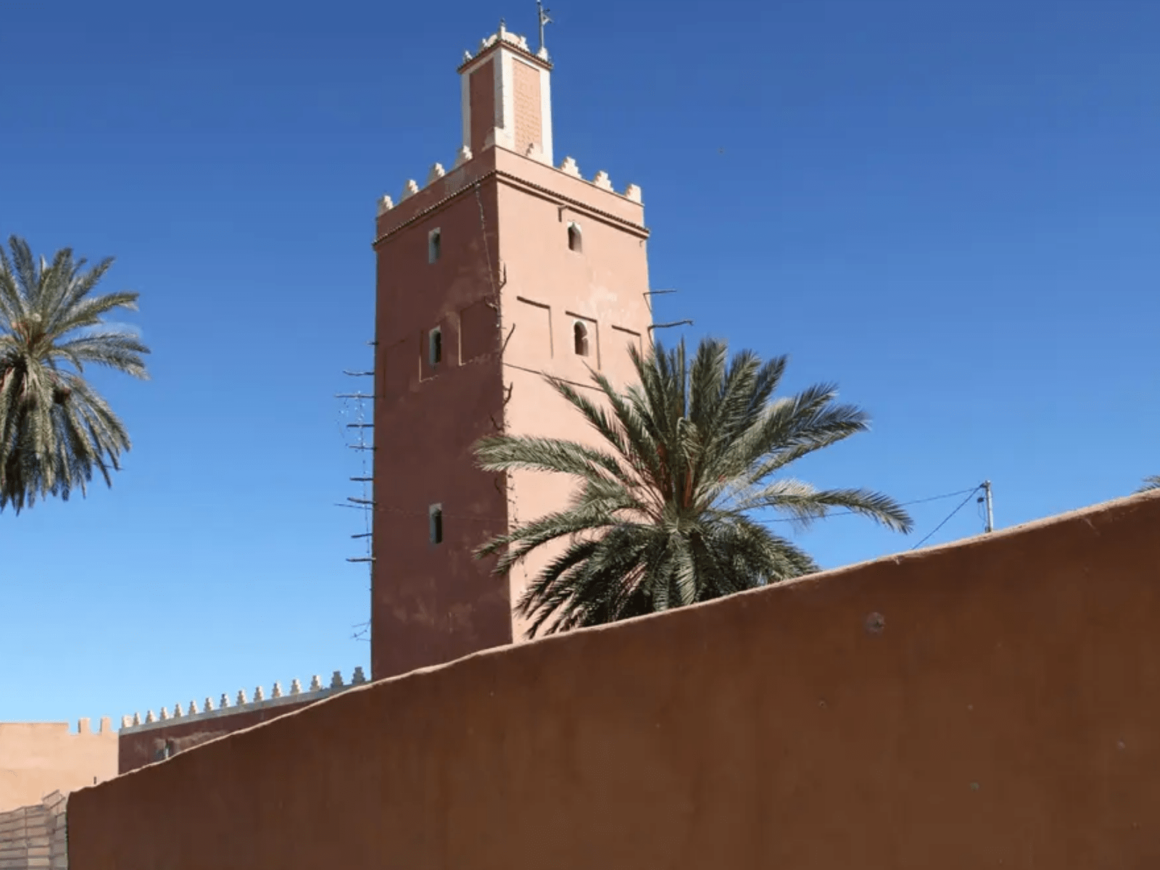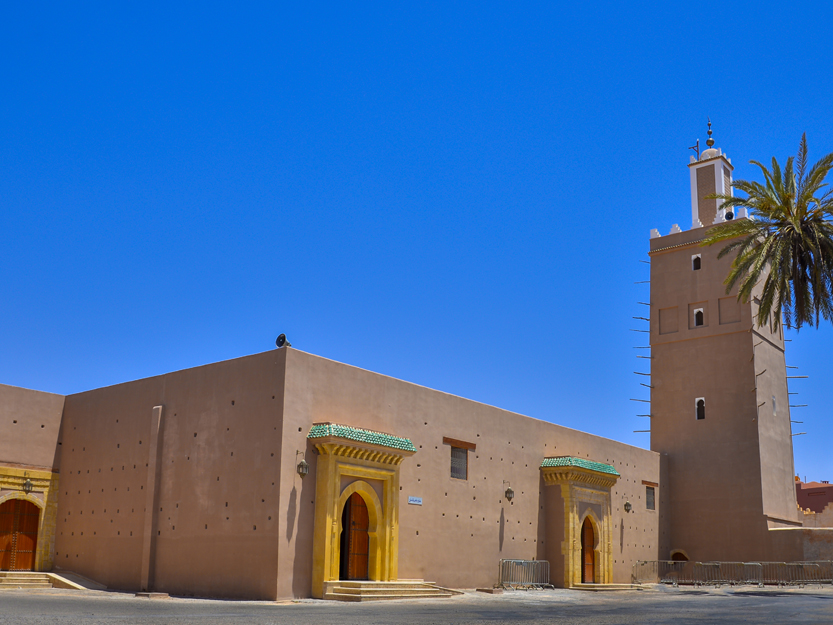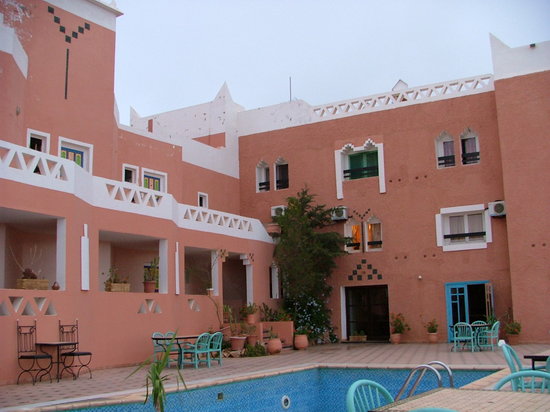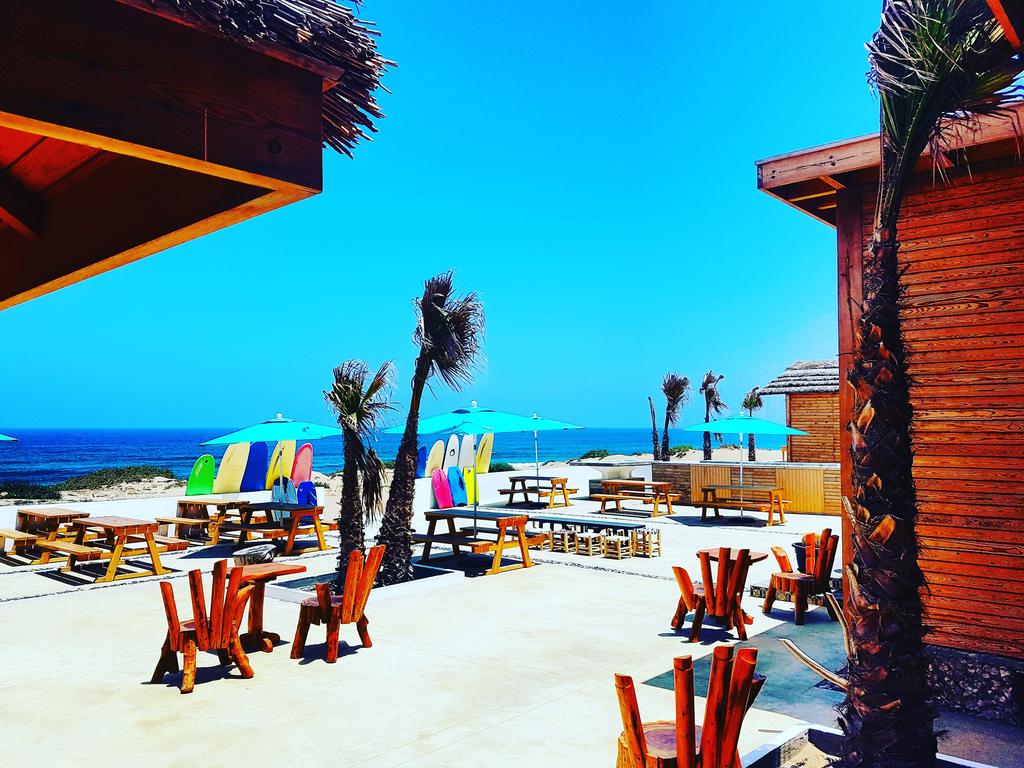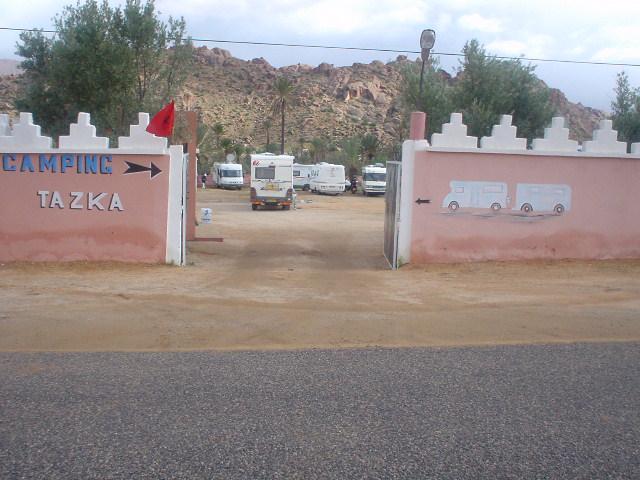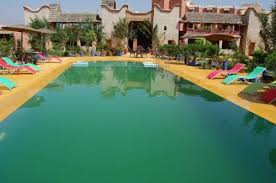In the center of Tiznit – A restored Medina
Journey from Agadir: 1 hour 40 mins / 95 km
The old medina saw its first foundations erected in the 19th century. In 1881, Sultan Moulay Al Hassan (1873–1894) founded Tiznit as a base from which he could assert his authority over the rebel Berber tribes to the south. To do this, he built the city walls.
The Jewish goldsmiths were therefore transferred to the walled city and gave it its reputation as a city of jewelers.
The city of Tiznit remained dissenting for a long time, in particular, against the 1912 treaty which transformed Morocco into a French and Spanish protectorate. This resistance movement was led by El Hiba, the Blue Sultan. After the capitulation of Sultan Moulay Hafid during the treaty of Fez with the French, El Hiba proclaimed himself Sultan in 1912.
The tribes of the south rose to support him and El Hiba marched north at the head of an army made up of the tribes of the Anti-Atlas and the Sahara. After having crossed Marrakech, he was pushed back by the French Army. El Hiba retired to Taroudant, Tiznit and then to the Anti-Atlas, where he continued a campaign of resistance against the French until his death in 1919.
All the historic places of Tiznit have benefited from a major rehabilitation effort. The medina is home to the Jamaâ Al Kabir mosque, the Méchouar square, the Aghennaj Kasbah, not to mention the famous Aïn Zerka (blue spring). The architecture of the old souk is exceptional. Finally, do not miss the sunset from the top of the ramparts.
Aïn Zerka, the Blue Spring is a natural spring around which four nomadic tribes (mainly caravanners) settled to form Tiznit at the end of the 19th century. The site, thanks to this water source, benefited from lush vegetation. Today, a garden is planted around the basin, recalling the many gardens which were still numerous at the beginning of the 20th century. The blue spring has its legend: “Formerly the fisherwoman ‘Lalla Zninia’, stopped at this place to regain her strength and took the opportunity to repent.
To show his forgiveness, God made a source of crystalline water spring up at his feet… ”. The tomb of “Lalla Zninia” is located not far from the spring, in the oldest mosque in the city.
In the Medina of Tiznit, you will find the imposing Kasbah of Aghanaj (29.700282, -9.726474) . It is the Caid Mohammed Aghanaj El Hahi (1792 – 1822) which gave it its name and it is one of the most important historical places of the Medina of Tiznit. The latter engaged in a military campaign around the Oued Massa (on the orders of Sultan Moulay Slimane), had decided to install his troops there, to facilitate their access to the Tiznit water source.
Meanwhile, the Kasbah Aghanaj had several functions over time (administrative prison, training center and municipal park). Today it remains at the heart of Tiznit’s life and has been the subject of major rehabilitation works. Built on more than 6000 square meters, protected by a large wall of beaten earth (pisé) with its five reinforcement towers, it overlooks the “Blue Spring”.
The minaret of the Great Mosque of Tiznit: Jamaâ Al Kabir (29.699611, -9.726371) is bristling with wooden poles, in the style of Sahelian mosques. These poles were left in place by the masons who built the minaret to help them work, as in some Sahelian mosques. Local legend has it that this is where the souls of the dead gather. This place of worship is closed to non-Muslims.
How to get there:
Arriving from Agadir, you enter the enclosure via Bab Oulad Jerrar (29.692703, -9.725123). Turn left by taking rue de l’Hôpital (29.695564, -9.727816) to reach Place du Mechouar, the real heart of the city. On the other side of Place du Mechouar, heading northeast, all the streets will bring you back to the historic heart of the city where the origin of the city of Tiznit is located, the famous Blue Spring (29.700492, -9.726840) which adjoins the Kasbah of Afghanaj and the Great Mosque (29.699504, -9.726035).
Then head due north to the ramparts of Bab Targua and make a loop on the left to the next door, Bab el Khémis. This route allows you to see the palm grove from the ramparts. It will take one to two hours for a walk in the city, which is particularly lively on Thursdays (souk).






